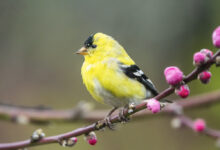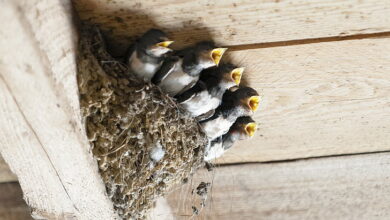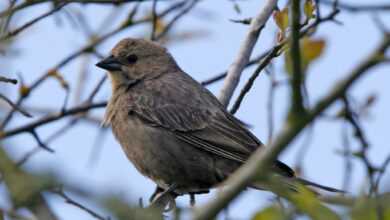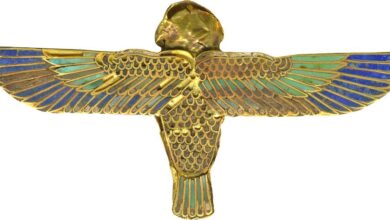Birds Nest Spruce: 11 Amazing Facts About
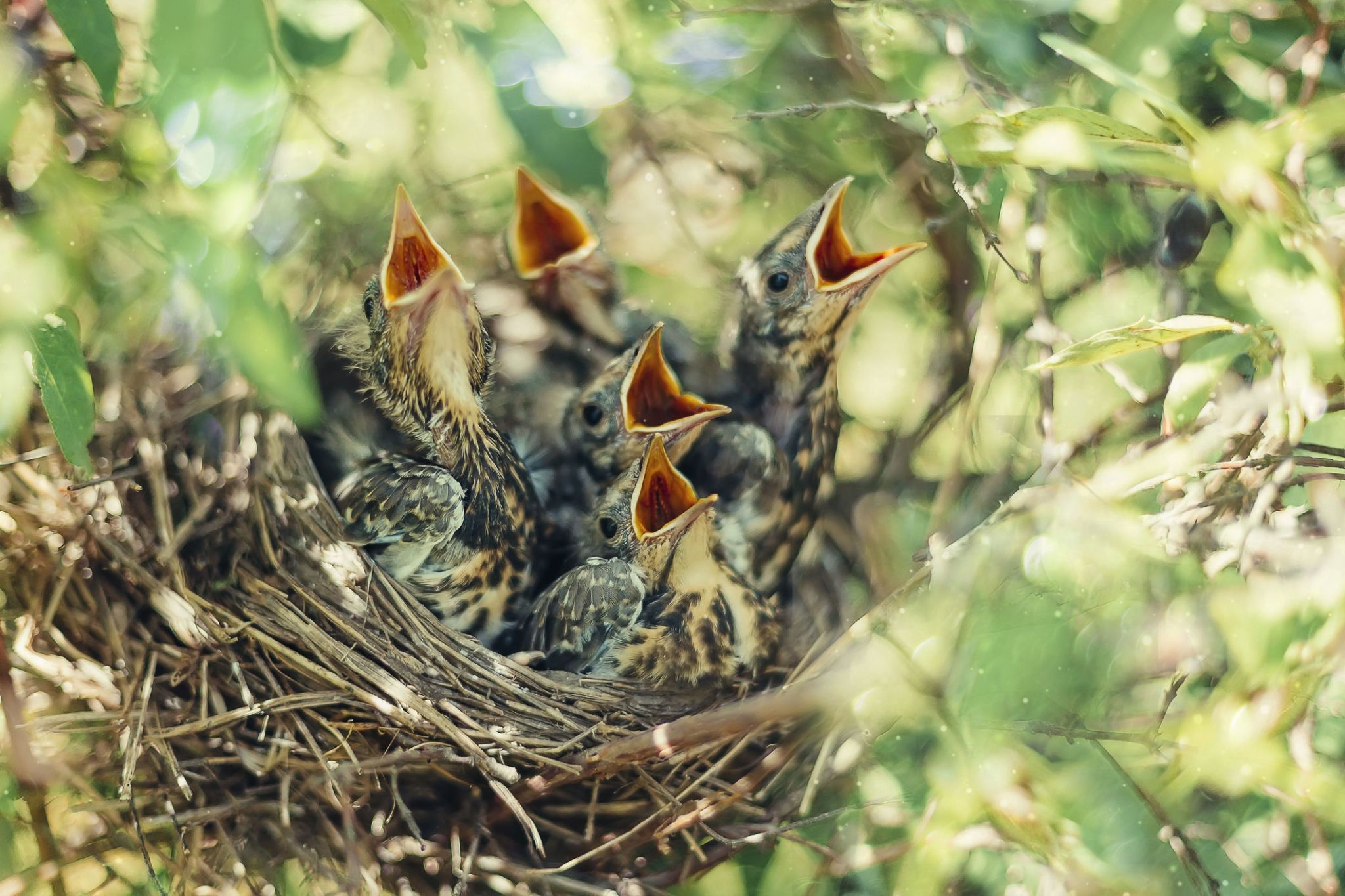
The Birds Nest Spruce, a charming and resilient evergreen, has captivated gardeners and nature enthusiasts alike. This comprehensive guide delves into what makes the Birds Nest Spruce a remarkable addition to any landscape.
Understanding the Unique Charm of Birds Nest Spruce
The Bird Nest Spruce, scientifically known as Picea, abies ‘Nidiformis,’ is renowned for its distinctive, dense, and low-growing nature. Originating from the colder regions of Europe, this spruce variety has adapted remarkably to various climates, making it a favorite among gardeners worldwide. Its compact size and unique shape, resembling a bird’s nest, add a whimsical touch to gardens.
The Origin and Botanical Profile of Birds Nest Spruce
Tracing its roots back to the mountainous terrains of Europe, the Birds Nest Spruce is a testament to nature’s adaptability. This section explores its botanical characteristics, including its needle-like leaves, conical shape, and rich green hue that remains vibrant throughout the year.
Physical Description: Size, Shape, and Color
Despite its modest size, typically reaching only 3-4 feet in height, the Bird Nest Spruce commands attention with its symmetrical shape and lush, dark green needles. This section provides a detailed description of its physical attributes, highlighting why it’s a perfect fit for smaller gardens or as a standout feature in larger landscapes.
Growth Patterns and Lifespan
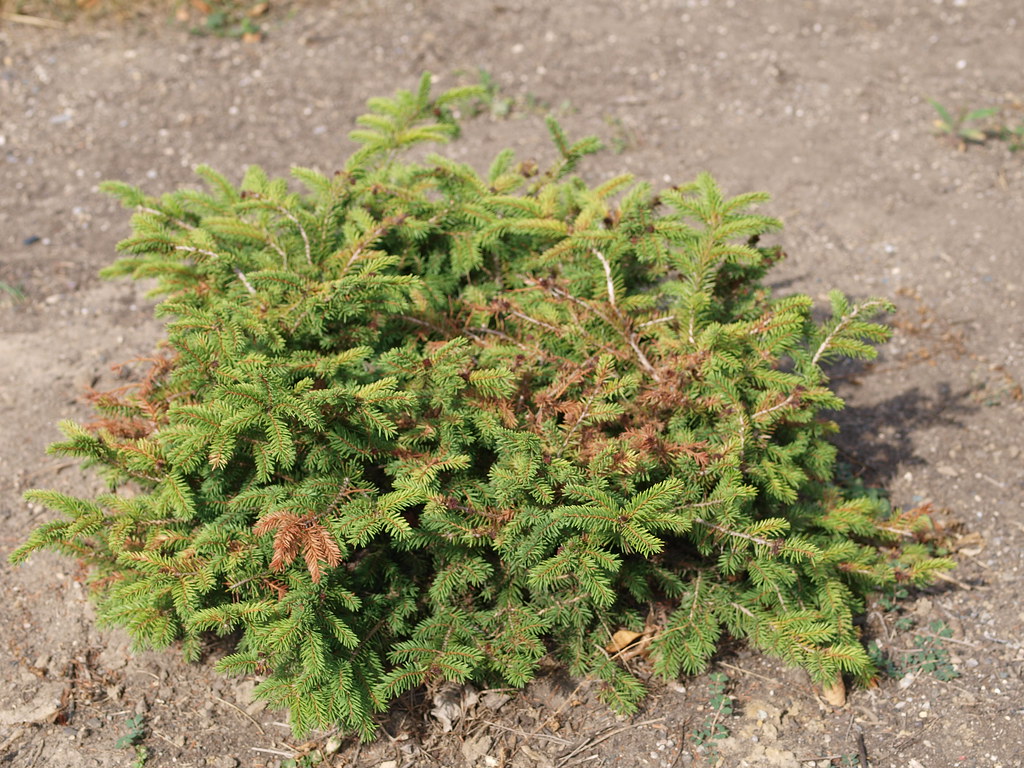
Understanding the growth patterns and lifespan of the Birds Nest Spruce is crucial for any gardener. This evergreen is known for its slow growth rate, adding only a few inches yearly, and can live for several decades with proper care. This section offers insights into its developmental stages and long-term maintenance.
Ideal Conditions for Planting Birds Nest Spruce
To thrive, the Birds Nest Spruce requires specific conditions. This part of the guide covers the ideal soil type, sunlight exposure, and climate preferences, ensuring your spruce gets the best start in your garden.
Step-by-Step Guide to Planting
Planting a Bird Nest Spruce is an exciting endeavor. This section provides a detailed, step-by-step guide, from selecting the right spot in your garden to the actual planting process, ensuring your spruce is set up for success.
Watering and Feeding Requirements
Regular watering and appropriate feeding are key to the health of your Birds Nest Spruce. This segment discusses the optimal watering schedule and the best fertilizers to use, tailored to the specific needs of this evergreen.
Pruning Techniques and Timing
Pruning is essential for maintaining the shape and health of your Birds Nest Spruce. This section offers expert advice on the best pruning techniques and the ideal times of the year to carry out this task.
Pest and Disease Management
Like all plants, the Birds Nest Spruce can be susceptible to certain pests and diseases. This part of the guide identifies common issues and provides effective solutions for keeping your spruce healthy and vibrant.
Weather-Related Concerns
The Birds Nest Spruce is generally hardy, but extreme weather conditions can pose challenges. This section offers tips on protecting your spruce from harsh elements, ensuring its longevity and beauty.
Design Ideas for Gardens and Yards
The versatility of the Birds Nest Spruce makes it an excellent choice for various landscaping designs. This segment explores creative ways to incorporate this evergreen into your garden or yard, from standalone features to part of a larger ensemble.
Companion Plants for Bird Nest Spruce
Choosing the right companion plants can enhance the beauty of your Birds Nest Spruce. This section suggests plants complementing their aesthetic and growth requirements, creating a harmonious garden space.
Seasonal Changes and Their Impact
Each season brings its own charm and challenges for the Birds Nest Spruce. This part of the guide discusses how to care for your spruce throughout the year, ensuring it remains a stunning feature in your garden regardless of the season.
Preparing Your Spruce for Winter
Winter can be a testing time for any plant, including the Bird Nest Spruce. This section provides:
- Essential tips for winterizing your spruce.
- Protecting it from the cold.
- Ensuring its survival until spring.
Contribution to Biodiversity
The environmental benefits of the Birds Nest Spruce extend beyond its aesthetic appeal. This segment highlights its role in supporting biodiversity, from providing habitat to contributing to the local ecosystem.
Air Purification and Other Ecological Advantages
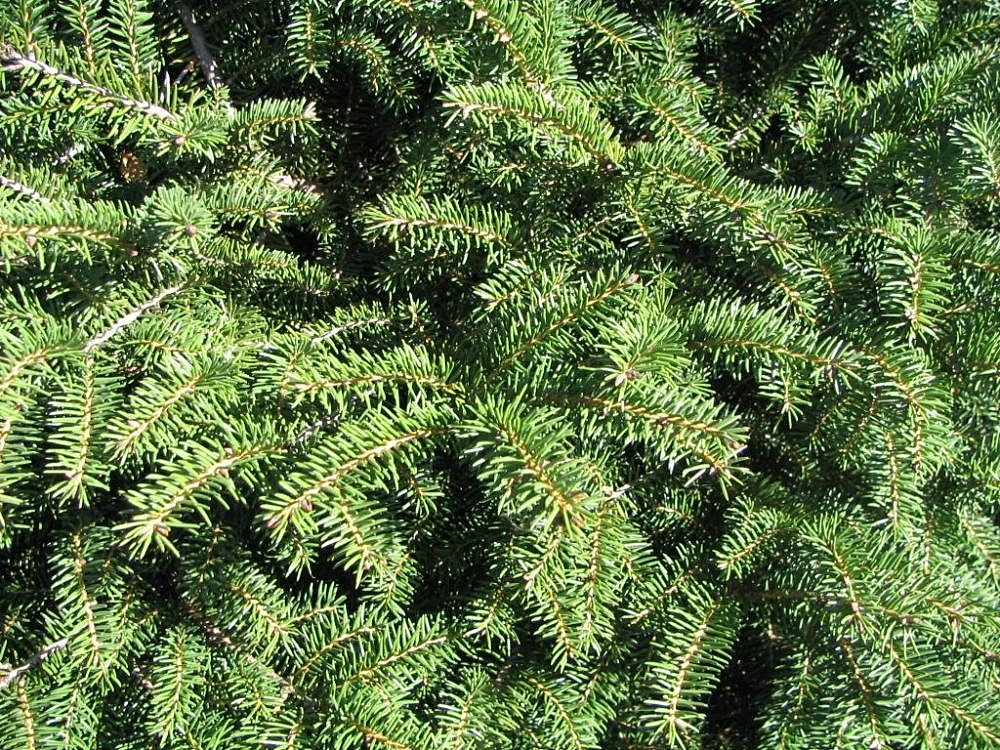
The Bird Nest Spruce is not just a visual delight; it also plays a significant role in air purification. This section delves into the ecological benefits of this evergreen, emphasizing its importance in urban and suburban landscapes.
Historical Significance
The cultural and historical significance of the Birds Nest Spruce is as rich as its botanical profile. This part of the guide explores its historical uses and symbolism in various cultures.
Symbolic Meanings in Various Cultures
From representing endurance and resilience to being a symbol of peace, the Bird Nest Spruce holds various meanings across cultures. This section uncovers the symbolic significance of this evergreen, adding depth to its appreciation.
Exploring Different Cultivars
The world of Birds Nest Spruce is diverse, with several cultivars offering unique characteristics. This segment introduces different varieties, helping you choose the one that best suits your garden’s needs.
Choosing the Right Variety for Your Garden
Selecting the right Bird Nest Spruce variety can be a delightful challenge. This section provides guidance on considering factors like size, growth rate, and climate adaptability when choosing a cultivar for your garden.
Usage in Landscaping and Urban Planning
The Birds Nest Spruce is not just a favorite among home gardeners; it also plays a significant role in commercial landscaping and urban planning. This part of the guide discusses its commercial uses and the benefits it brings to public spaces.
Economic Importance
Beyond its ornamental value, the Birds Nest Spruce holds economic significance. This section delves into its role in the horticulture industry and its impact on local economies.
Crafting and Decorative Ideas
The Birds Nest Spruce offers more than just visual beauty; it can also be a source of creativity. This segment explores DIY projects and crafting ideas using parts of the spruce, inspiring readers to engage with this evergreen in new ways.
Tips for Harvesting and Preserving
Knowing how to harvest and preserve parts of the Birds Nest Spruce is essential for decorative purposes or crafting projects. This section provides practical tips for sustainable harvesting and preserving its beauty for various uses.
Attracting Birds and Beneficial Insects
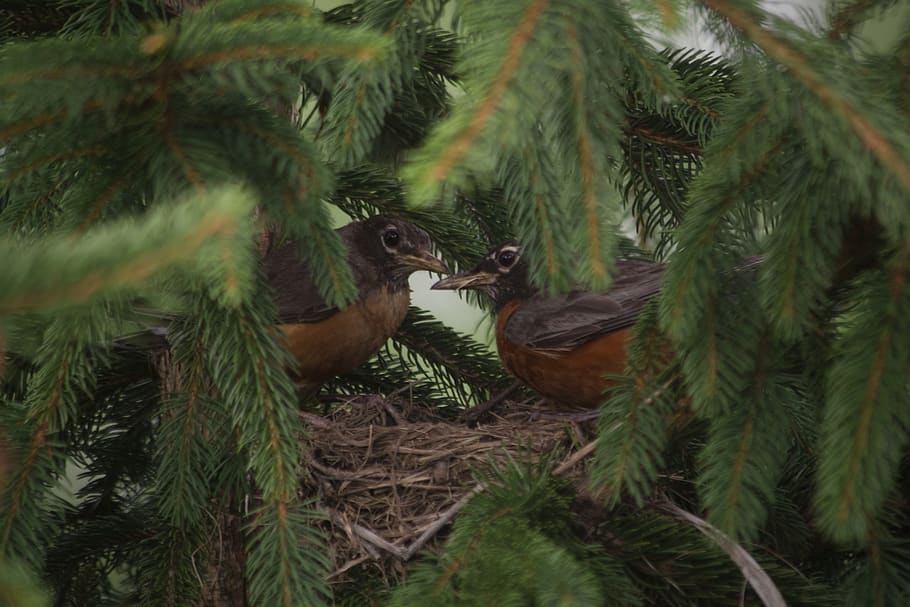
One of the joys of having a Birds Nest Spruce in your garden is its ability to attract wildlife. This part of the guide discusses how this evergreen can become a haven for birds and beneficial insects, enhancing the ecological balance of your garden.
Role in the Local Ecosystem
The Bird Nest Spruce plays a vital role in the local ecosystem. This section highlights its importance in maintaining ecological balance, from providing shelter to contributing to soil health.
Addressing Nutritional Deficiencies
Addressing any nutritional deficiencies is key to Nest Spruce’s health; addressing it offers advice on identifying and rectifying common nutritional issues, ensuring the robust growth of your spruce.
Advanced Pruning and Shaping Methods
For those looking to take their gardening skills to the next level, mastering advanced pruning and shaping techniques for the Birds Nest Spruce is necessary. This section provides expert tips and methods for sculpting your spruce into a masterpiece.
Recap of the Importance and Beauty of Birds Nest Spruce
As we conclude this comprehensive guide, we recap why the Bird Nest Spruce is a cherished addition to any garden. From its unique appearance to its ecological benefits, this evergreen is truly a gift from nature.
Encouraging Sustainable Practices
The final note of this guide emphasizes the importance of sustainable gardening practices. By caring for our Birds Nest Spruce with an eye toward sustainability, we enhance our gardens and protect the environment.
Frequently Asked Questions
What is the ideal location for planting a Birds Nest Spruce?
The ideal location for a Birds Nest Spruce is a spot with well-drained soil and partial to full sunlight. It thrives in cooler climates but can adapt to various conditions.
How often should I water my Birds Nest Spruce?
Watering should be done regularly, especially during dry spells. However, it’s important to avoid overwatering. Nest Spruce does not tolerate soggy soil.
Can the Birds Nest Spruce survive in urban environments?
Yes, the Birds Nest Spruce is quite adaptable and can thrive in urban environments, thanks to its tolerance to pollution and compact growth habit.
What are some common pests and diseases that affect Birds Nest Spruce?
Common issues include spider mites, aphids, and fungal diseases like needle cast. Regular inspection and timely treatment can help manage these problems.
How can I use Birds Nest Spruce in my garden design?
Birds Nest Spruce can be used as a focal point in rock gardens or as part of a mixed border. Its compact size makes it versatile for various design schemes.
Is the Birds Nest Spruce suitable for small gardens?
Absolutely! Its compact growth habit makes it an ideal choice for small gardens, patios, or even as a container plant.
